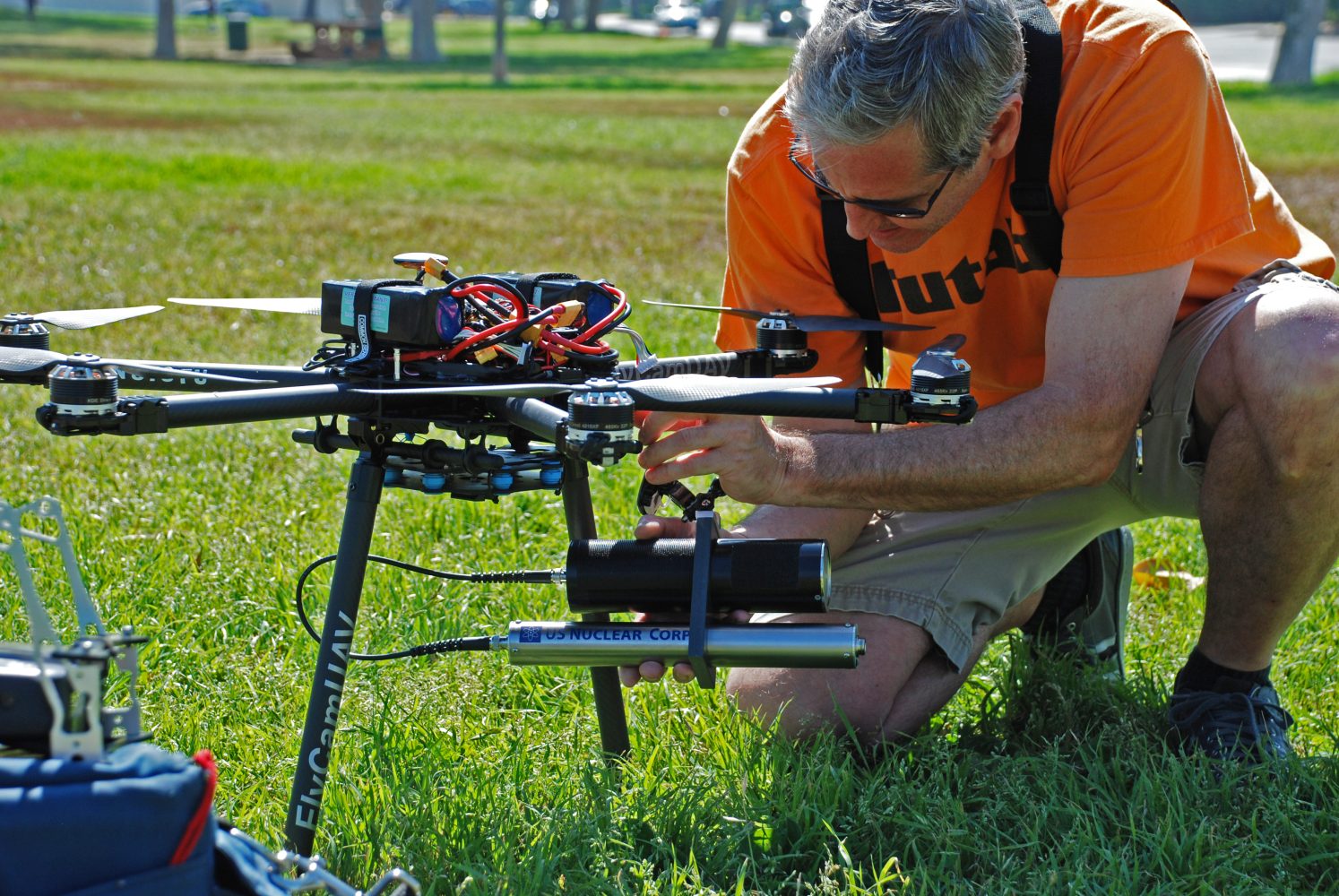
In the wake of the Russian shelling of Ukraine’s enormous Zaporizhzhia nuclear power plant, contamination detection specialist US Nuclear Corp. says it is sending one of its specialized DroneRAD UAVs to Ukrainian authorities to help monitor the facility’s reactors for potential radiation leaks.
The move comes after invading Russian forces continuously shelled the Zaporizhzhia nuclear plant – the largest in Europe – despite the obvious threats that posed not only to people in and around the southern city of Enerhodar, but to the entire continent as well. Those troops eventually captured the compound, which produces a quarter of the country’s electrical power, and allowed managers to continue operating the facility. Though there are no signs of leaking from the reactors, US Nuclear responded to the international outcry by sending its radiation-detecting drone to help Ukraine officials monitor the situation as the conflict continues.
US Nuclear is a leader in the detection and monitoring of radiation, chemical, and biological threats, with over 100 years of experience to its record – it uses a range of vehicles and robotic equipment to enable dependable readings of potential hazards, while limiting risk to humans.
The US Nuclear’s DroneRAD UAV being sent to Ukraine is equipped with a gamma ray search tool to locate radiating hotspots; it also has a beta-gamma air monitor to measure the air for dangerous airborne particulates. The gamma sensor can identify hotspots from either leaking radioactive materials or from solid sources such as both exploded and unexploded nuclear weapons and shrapnel.
The US Nuclear drone can also be used to monitor radioactive airborne particulates that are easily inhaled, and which can enter into the food chain when they settle as nuclear fallout on farms, plants, or food stock.
The data collected is displayed on the DroneRad’s ground station in real-time and is overlaid on an aerial map, showing the flight route and a color-coded scale of the recorded radioactivity at each point. The DroneRAD can also be equipped with chemical sensors to measure any hazardous chemicals present.
The Zaporizhzhia compound came under heavy shelling on March 3 as invading Russian troops advanced in southern Ukraine. With memories of the 1986 Chernobyl disaster still burned in the minds of many people across Europe, news of the intentional shelling of the continent’s biggest atomic power station sparked widespread fear and outrage.
Once the plant was taken by Russian armed forces, an inspection of the facility indicated significant damage only to an administrative building that had been struck. Dispatching of the UN Nuclear radiation reading drone seeks to assist Ukrainian authorities confirm the entire compound remains safe as the conflict continues.
FTC: We use income earning auto affiliate links. More.

Comments